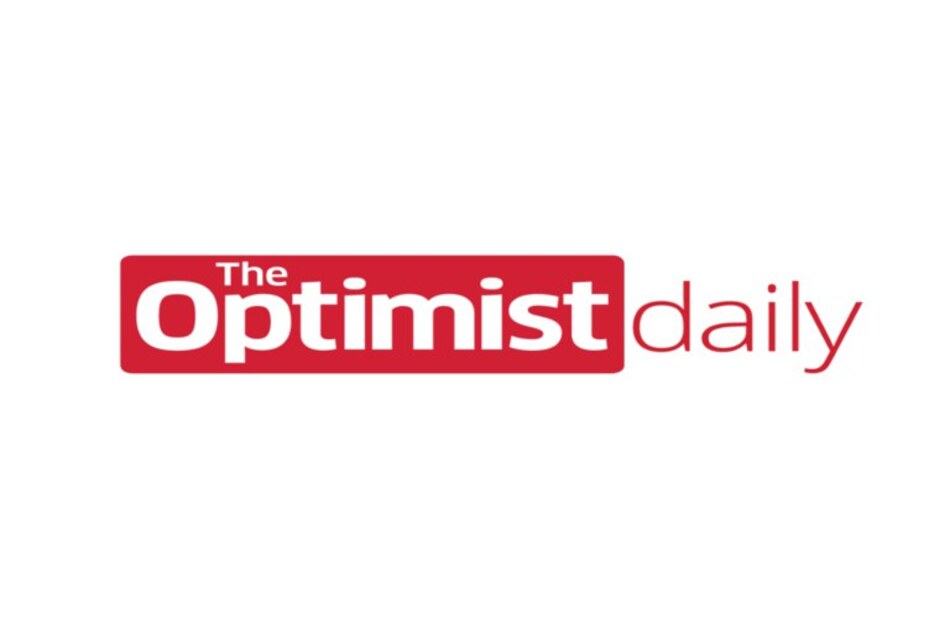After forests, wetlands are the greatest terrestrial carbon sink. These boggy and busy pools of life used to be thought of as a nuisance for people and communities, drained of their water or dug up for peat fuel. Now, we understand the quiet service that wetlands provide us and the planet.
Wetlands absorb six times as much carbon dioxide per acre than grasslands. Bogs, swamps, mangroves, tidal marshes, peatlands, floodplains, and many others are considered the “kidneys of the planet,” taking in CO2 while collecting and purifying water that is released into waterways and lakes to foster uncountable biodiversity.
Rewilding the Illinois River
Throughout the 20th century, the Illinois River was subjected to countless costly drainage efforts meant to create farmland around the river. Maintaining levees and drainage systems, however, proved unsustainable.
About nine million gallons of water had to be drained from the region every day, and by the end of the 20th-century farmers in the Hennepin Drainage and Levee district of Illinois were losing money trying to maintain the levee, drainage pumps, and pipes. In 2001, a group of farmers sold almost 3,000 acres to the Wetlands Initiative, a nonprofit organization committed to restoring the wetlands by flooding them and bringing them back to their former biodiversity.
After the pumps and drainage systems were disabled, it only took the Hennepin and Hopper lake beds three months to refill. Native animal and plant species began to reinhabit the area which was redubbed the Sue and Wes Dixon Waterfowl Refuge. Visitors can now hike along scenic trails and see over 270 bird species in the area. This is only the beginning though.
The Nature Conservancy’s Emiquon Preserve is restoring 7,000 acres along the Illinois back into wetlands. Here, visitors are enjoying bird watching, boating, boardwalks, hiking trails, and canoeing while the endangered Black Neck Stilts are nesting there. Waterfowl of all types are returning along with the vibrancy of wildlife that makes wetlands the biodiverse wonderland they are.
A smaller campaign on only 41 acres in Sparland Illinois called the Wightman Lake Wetlands is restoring the wetlands to specifically rebuild a habit for migrating birds and diversify the trees in the area where one tree species became dominant. Humans are replanting pecans, oaks, and other hardwood tree species that used to grow in the area, creating not only greater biodiversity but more carbon-sequestering resources.
This story comes to you from our partner, Teeccino. To support The Optimist Daily, support our partner Teeccino. Start your mornings better with the both of us.











